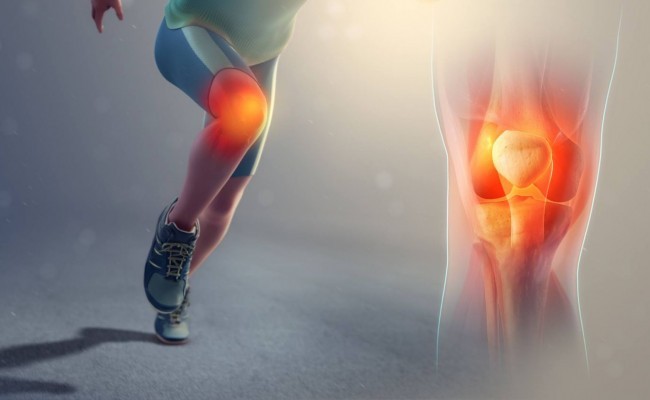
Patellar Tendinopathy: Definition, Etiology, and Diagnosis
- 12/10/2019
What is patellar tendinopathy or jumper's knee?
Patellar tendinopathy is a degenerative condition of the patellar tendon (the tendon that connects the kneecap to the tibia), usually secondary to overuse or overuse. It is a common condition in orthopedic clinics and a frequent diagnosis related to sports. Also known as jumper's knee, it is associated with sports that place demands on the knee extensor apparatus, such as basketball, cycling, track and field, soccer, or volleyball.
In growing patients, these tendon overloads usually present in the form of osteochondrosis of the tibial insertion of the tendon, known as Osgood Schlatter disease. (See article on Osgood Schlatter disease).Osteochondrosis of the patellar insertion of the tendon in the inferior pole of the patella is called Sinding-Hansen-Johansson disease.
What is the frequency of patellar tendinopathy?
Its average incidence is around 15%, and its prevalence can reach 30% (basketball) or even 40% in volleyball.
What is the most common site of patellar tendon involvement in tendinopathy?
The most common site of involvement is located at the proximal junction of the tendon with the inferior pole of the patella (in 10% of cases, the quadriceps muscle insertion at the superior pole of the patella will be affected).
What are the symptoms of patellar tendinopathy?
The initial symptoms will be pain in the inferior pole of the patella, which will suddenly begin after jumping or finishing a jump, or gradually develop after a training session or competition.Its symptoms may be indistinguishable, sometimes from the typical patellofemoral pain (pain when going up or down stairs, pain when sitting with a flexed knee, or when driving a car).
What tests are necessary for the diagnosis of patellar tendinopathy?
The diagnosis will be clinical (history and physical examination), pain on palpation of the proximal insertion of the tendon to the inferior pole of the patella with a history of pain in the same location during sports activities.Plain radiographs help us rule out other processes and confirm bone abnormalities at the tendon insertion or calcifications within it.Other complementary tests such as ultrasound or MRI will confirm the diagnosis.
What are the causes of patellar tendinopathy?
The cause of this tendon involvement is unknown, with the most widely accepted theory being the degenerative overuse theory. It leads to muscle stiffness with reduced extensibility of the musculotendinous complex and a decreased ability to rapidly contract, increasing traction on the tendon. The main causal factor is deceleration upon landing after a jump.
Several factors can contribute to the development of this condition, which we will divide into intrinsic and extrinsic:
What intrinsic factors contribute to the development of patellar tendinopathy?
- Biomechanical alterations and misalignments, such as foot pronation, tibia vara, femoral anteversion, etc.
- Soft tissue stiffness
- Muscle dysfunctions such as atrophy of the vastus medialis or adductors.
What extrinsic factors contribute to the development of patellar tendinopathy?
- Inadequate footwear.
- Training surfaces.
- Excessive workload.
- Poor planning of training loads.
What is the classification of patellar tendinopathy?
The most widely accepted clinical classification for determining the functional implications of pain in patellar tendinopathy is the Blazina classification, which is as follows:
Grade I: Pain after exercise.
Grade II: Pain at the beginning of activity that disappears after warming up and reappears after exercise.
Grade IIIa: Pain during and after activity that allows the athlete to participate in competitions and training at their usual level.
Grade IIIb: Pain during and after activity that prevents the athlete from participating in competitions and training at their usual level.
Grade IV: Complete rupture of the tendon.
Make an appointment with Dr. Jordi Jiménez. He will see you in the center of Palma and will help you regain your quality of life.

![[VIDEO] Ultrasound-Guided Injection for Trigger Finger](https://drjordijimenez.com/imagen/100/100/Imagenes/infiltracion-ecoguidada-dedo-resorte-drjordijimenez.jpg)
![[VIDEO] Ultrasound-guided infiltration of the lumbar facets](https://drjordijimenez.com/imagen/100/100/imagenes-pagina/sindrome-facetario-lumbar-drjordijimenez (1).jpg)
![[VIDEO] Ultrasound-guided infiltration of the hip joint](https://drjordijimenez.com/imagen/100/100/Imagenes/valgo-dinamico-rodilla-drjordijimenez.jpg)